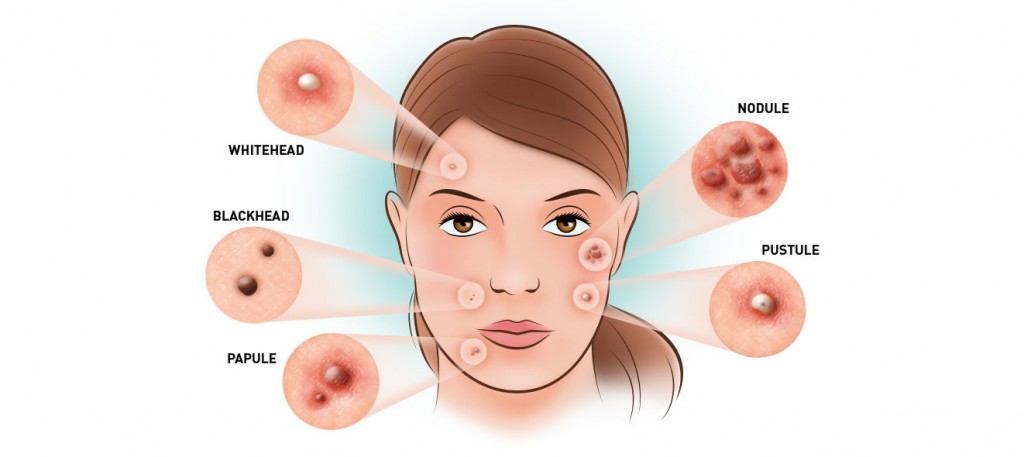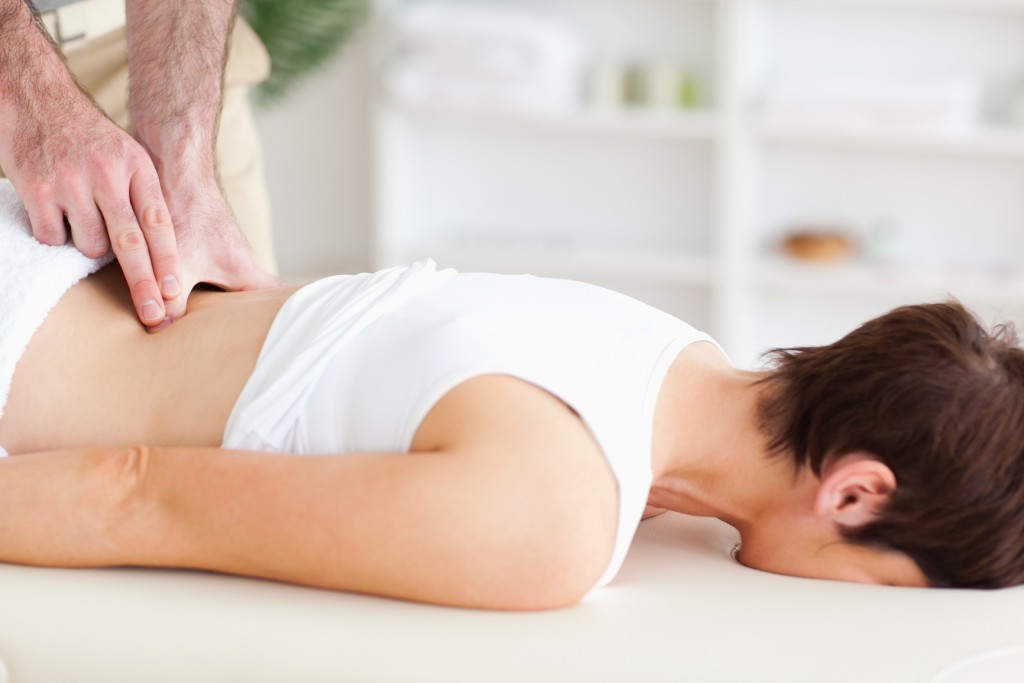At Bryan Simmons Chiropractic & Health Care, we believe that optimal health is the foundation of every life milestone—including the journey to parenthood. More women and couples are discovering that chiropractic care can play a valuable role in enhancing fertility naturally, especially when combined with advanced treatments provided by IVF clinics.
Chiropractic care focuses on the health of the nervous system by addressing spinal misalignments, or subluxations. These misalignments can impair communication between the brain and reproductive organs, disrupt hormonal balance, and heighten stress responses—all factors that can impact fertility. Through regular chiropractic adjustments, we help restore balance, reduce stress, and promote overall reproductive health.
As integrative health approaches become more recognized, IVF clinics are encouraging patients to support their treatments with wellness strategies like chiropractic care. Proper nervous system function not only contributes to overall well-being but also supports the hormonal and reproductive systems, potentially improving IVF outcomes.
In today’s competitive healthcare landscape, IVF clinics that want to expand their patient base must not only provide excellent medical care but also implement smart digital marketing strategies. Fertility clinics are turning to specialized agencies like IVFgrowth, a leading IVF digital marketing agency, to help them scale patient acquisition without financial risk.
IVFGrowth offers fertility centers a unique pay-per-lead model—meaning clinics only pay for actual patient inquiries, not clicks, impressions, or ad space. Their strategies include precision-targeted digital marketing for IVF clinics, optimized SEM (Search Engine Marketing) campaigns with perfect time targeting, and growth plans tailored to IVF centers, hospitals, and clinics.
If you're an IVF provider aiming to grow your clinic efficiently, leveraging IVFGrowth's digital marketing expertise can be transformative. With customized IVF marketing strategies, including SEO, PPC, and lead nurturing systems, they help clinics attract high-quality patients while minimizing wasted ad spend.
At Bryan Simmons Chiropractic & Health Care, we advocate for holistic, integrative wellness approaches and are excited to see fertility clinics embracing the powerful combination of traditional care, complementary therapies like chiropractic, and modern digital marketing solutions.
To learn more about how your IVF clinic can benefit from proven marketing growth strategies, visit IVFgrowth.com and explore how their risk-free, pay-per-lead model is reshaping the future of fertility marketing.









